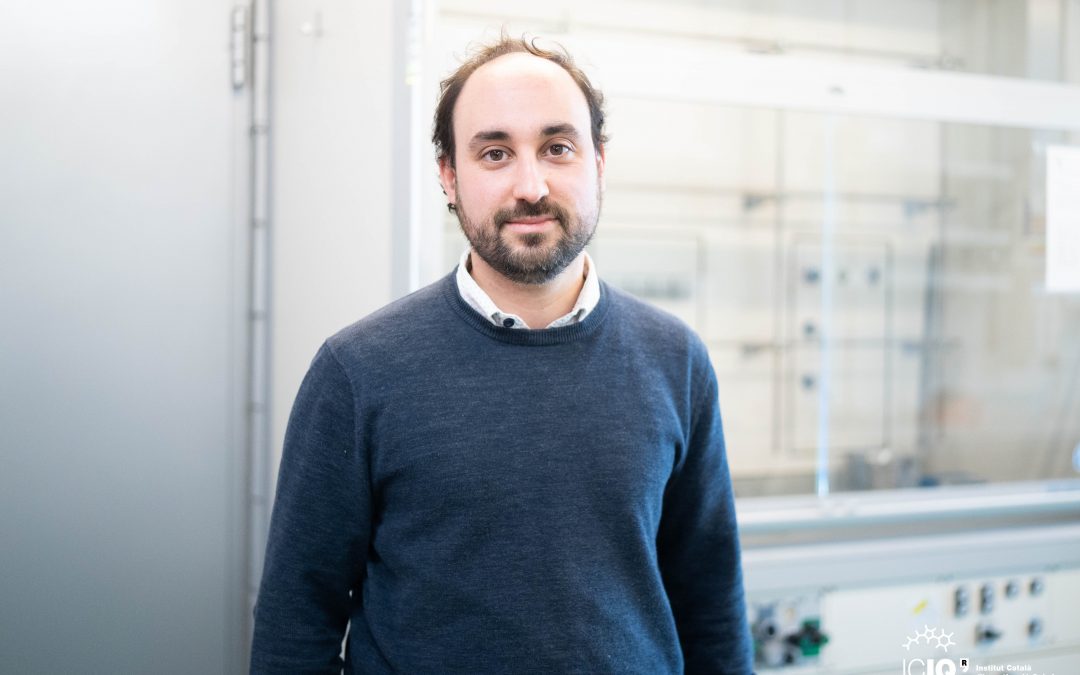Dr Mariano Curti has been working on the project “Design of Bio-Inspired Systems for Solar Energy Conversion to Fuel” since he joined the group of Dr. Elisabet Romero in April 2020 and until October 2022, when he accepted a postdoctoral position in Dr Romero’s group in the framework of the BioInspired_SolarH2 project (H2020-ERC-2018-STG, GA 805524).
His research project started by devising a computational protocol to study artificial protein – chromophore complexes. A major challenge, according to Dr Curti, was that they are not amenable to crystallization, and thus they did not have a starting structure. The development of protein structure prediction software (e.g., AlphaFold) during the I2:ICIQ Impulsion project timeline was helpful, but they only work on proteins without any chromophores, so the group had to adapt their protocol to overcome this limitation. Dr Curti applied it to many hypothetical complexes, looking to optimize a known design that had a limited capacity to bind chromophores. This helped narrow down the search to two candidates with improved binding. Then, they experimentally realized and characterized these new complexes – which indeed showed much better chromophore uptake. This is relevant because it allows the protein structure to host closely packed chromophores, a fundamental feature for excitonic interactions and charge transfer states. In turn, these are employed by the natural systems that serve as their inspiration, in order to achieve very high conversion efficiencies of light into the charge-separated states that drive photosynthesis.
Dr Curti hopes that these new artificial complexes will provide the group and the wider scientific community a platform to manipulate the electronic properties of chromophore aggregates through a protein matrix. Their structural models (freely accessible) could be employed to predict different properties both new designs, and of new variants with tailored mutations. The final goal is to keep improving the designs, until they reach (and surpass) the light conversion efficiency of natural systems.

